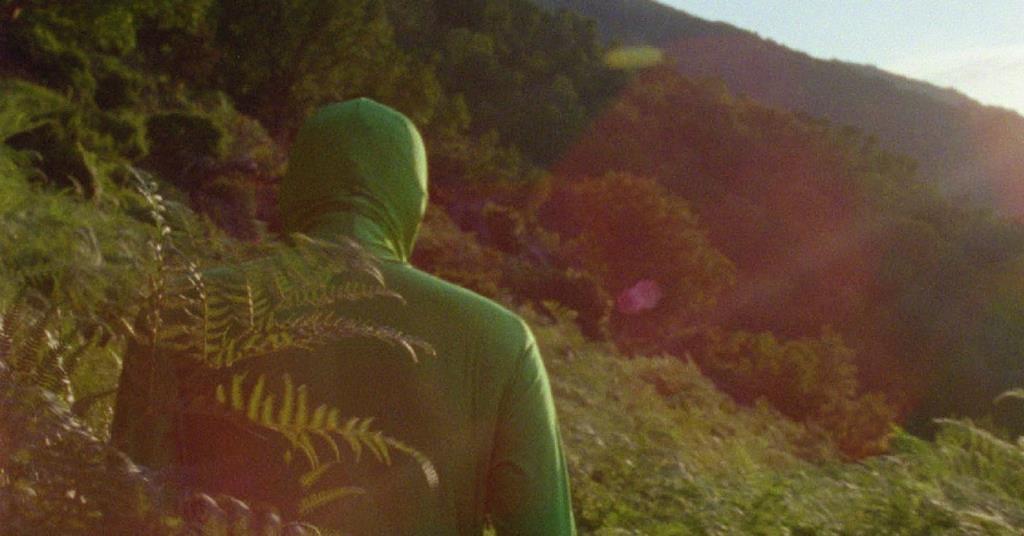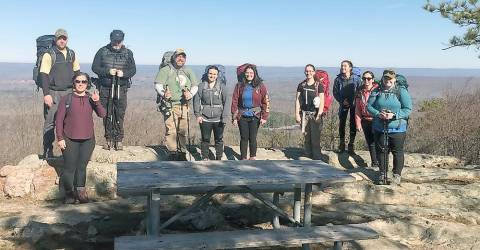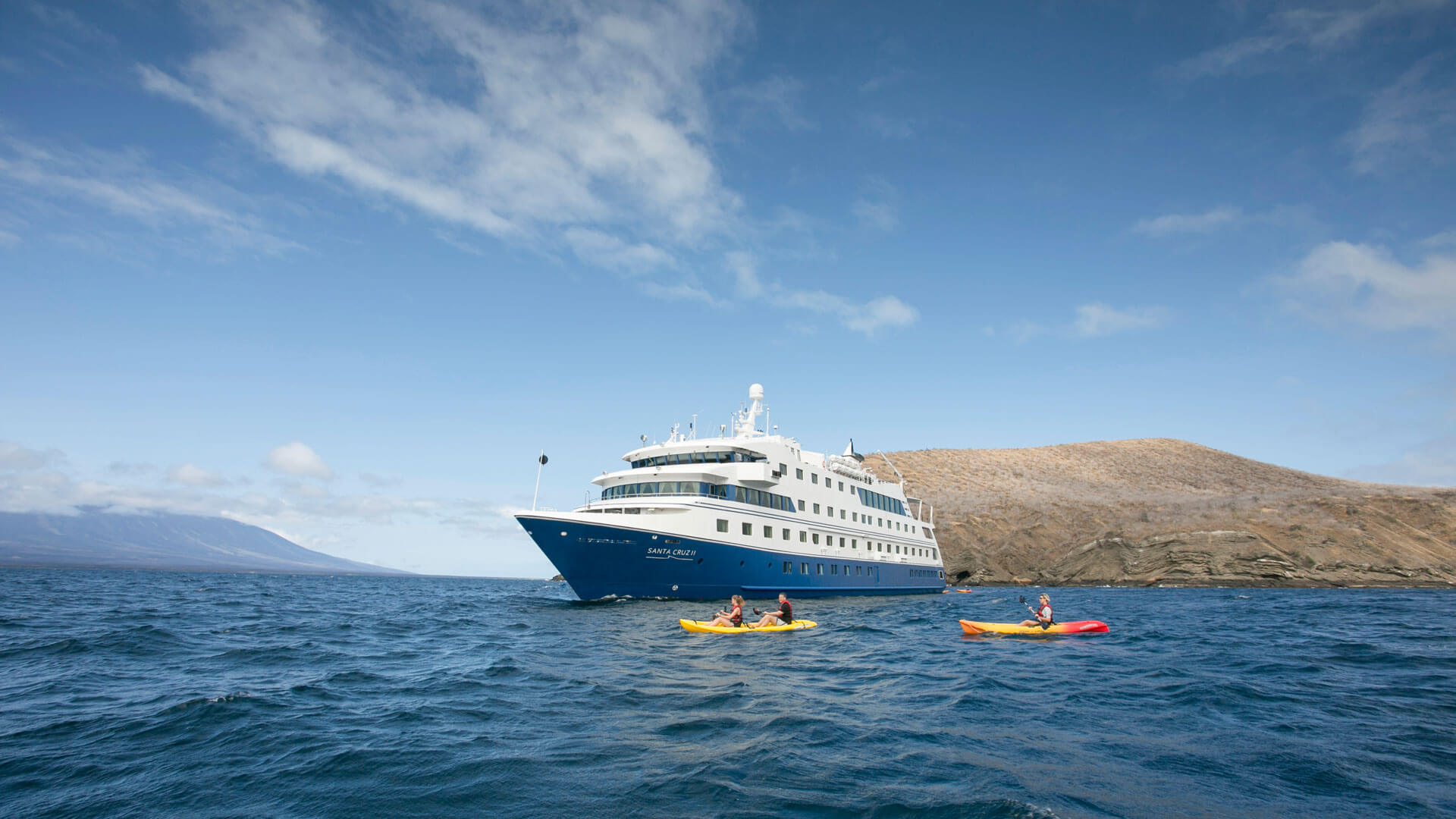Ebook Assessment: ‘The Appalachian Path: A Biography’

Nobody is aware of specifically how long the Appalachian Path is. It’s about 2,200 miles as the shoe walks, from Springer Mountain in Ga to Mount Katahdin in Maine, but the duration variations regularly as the trail is rerouted in reaction to flood, fire and targeted visitors. Official guides have variously supplied the size as 2,144 miles, 2,159 miles and “more than 2,150 miles.” In “The Appalachian Trail: A Biography” Philip D’Anieri, a lecturer in architecture and regional planning at the University of Michigan, gives deft, participating profiles of a dozen folks who have been instrumental in the trail’s background. These range from Arnold Guyot, who pretty much put the Appalachian Mountains on the map, to Monthly bill Bryson, whose bestselling “A Wander in the Woods” resulted in a 45% maximize in “thru-hikers”—those who travel the full duration of the trail in a single trip. Not terrible for a vacation author who walked only 10% of the trail.
It allows to keep in mind that in one vital element the Appalachian Mountains are fewer than 200 years previous. For most of America’s heritage, the spot was a white room on the map, unimproved land suited neither to agriculture nor sector. The streets and passes via the mountains, and not the mountains by themselves, were being what mattered when the region was younger. What is far more, the actual physical isolation of the mountains was these kinds of that as just lately as 1899 just one author wrote in the Atlantic Month-to-month that it was a lengthier journey from northern Ohio to Kentucky than from The united states to Europe, “for a single day’s trip delivers us into the eighteenth century.” There had been neighborhood names for the various ranges—the Alleghenies, the Smokies, the White Mountains. There were no “Appalachian Mountains.”
Into this wilderness arrived Arnold Guyot, a Swiss divinity college student turned scientist. In between 1848 and 1858 he calculated, mapped and described hundreds of mountains, bushwhacking his way up and down a lot of of them. If rhododendron thickets rendered forward progress impossible—a certain problem in the southern regions—he got down on all fours and adopted bear trails. A small, wiry person, Guyot routinely walked even larger outdoorsmen into the floor. A good friend who hiked with him up New Hampshire’s Mount Washington throughout a rain storm of hurricane-energy winds explained that the practical experience was “about the toughest tramping in the woods I was ever affiliated with.” The indefatigable Guyot was the male who stuffed in the white place.
Persons have generally tended to see what they wished or needed to see in the mountains. Before he succeeded in fashioning himself into the sage of the American outside, Horace Kephart, Mr. D’Anieri tells us, was at a variety of situations “a child of the prairies, an urbane East Coast scholar, a peaceful St. Louis librarian” as perfectly as “a drunken ne’er-do-well.” Kephart experienced been on monitor for a regular daily life when he all but ditched his spouse and family and took to the woods, establishing himself as the “Dean of American Campers.” The transformation took, but at a wonderful cost. “My father was not a typical gentleman,” Mr. D’Anieri prices Kephart’s daughter as declaring. “So my mom in St. Louis became just a buffer concerning partner and babies.”

The Appalachian Path
By Philip D’Anieri
(Houghton Mifflin Harcourt, 262 web pages, $26)
Kephart enormously exaggerated and simplified his metamorphosis into a woodsman. However, his e-book “Camping and Woodcraft” (1906) contained notes on almost everything an aspiring outdoorsman wanted to know, from fireplace-setting up to selecting underwear. Drawers, for illustration, really should suit snugly in the crotch, be loose at the knee and not be so thick as to chafe. He encouraged safety pins to maintain up socks—this was lengthy right before elastic fabric—since garters impeded circulation. The ebook was a runaway bestseller in the U.S.—even among the audience who had no intention of at any time abandoning the city—and garnered letters of praise from as far away as England.
Benton MacKaye, Harvard’s to start with pupil of forestry, is credited with producing the idea of a trail running the length of the Appalachians. He wrote about the concept in a magazine write-up in 1921, kicking off a 16-calendar year effort that led to the opening of the Appalachian Trail. The Industrial Revolution was worthless, MacKaye thought, if it simply changed a person type of drudgery with another. What was wanted was a holistic vision for all of modern society, in which the ills of present day urban existence were being treated by an immersion in nature. As generally happens with visionaries, MacKaye was not a great deal on compromise. By the time the trail was done in 1937, he was practically entirely divorced from the task.
The initially human being to thru-hike the path was a restless Military veteran named Earl Shaffer. For the duration of Planet War II, Shaffer set up sophisticated radar programs in a number of dangerous places. Soon after the war, he walked the path, he said, to get the Military out of his method and, he hoped—much as Kephart had accomplished 40 several years earlier—to launch himself as a author. In 1948, the feat of hiking the whole duration of the path was regarded as minimal a lot more than a one-off, a curiosity. No one expected that Shaffer would develop into the progenitor of a subculture—today recognized as the 2,000-Milers—that continues to attract ever-better numbers of hikers each 12 months.
Possibly the most enigmatic and yet, in her way, the most representative of the early thru-hikers, was Emma Gatewood, who go through about the trail in Nationwide Geographic and concluded it in 1955, at age 67. With 11 small children and an abusive husband at household, she experienced no ulterior motive, no motivation to be another person else or launch a vocation. She liked lengthy walks and believed the trail would be a fun issue to do. She carried a going for walks adhere and employed it to continue to keep rattlers and copperheads at bay. She carried a duffel bag, experienced no maps and wore sneakers. She sucked bouillon cubes for salt and snacked on wild huckleberries and sorrel. It would certainly have amused her to know that she has develop into a pioneer in ultralight hiking. Her explanation for traversing the path? “Because I preferred to.”
Mr. Heavey is a author in Bethesda, Md.
Copyright ©2020 Dow Jones & Corporation, Inc. All Legal rights Reserved. 87990cbe856818d5eddac44c7b1cdeb8








